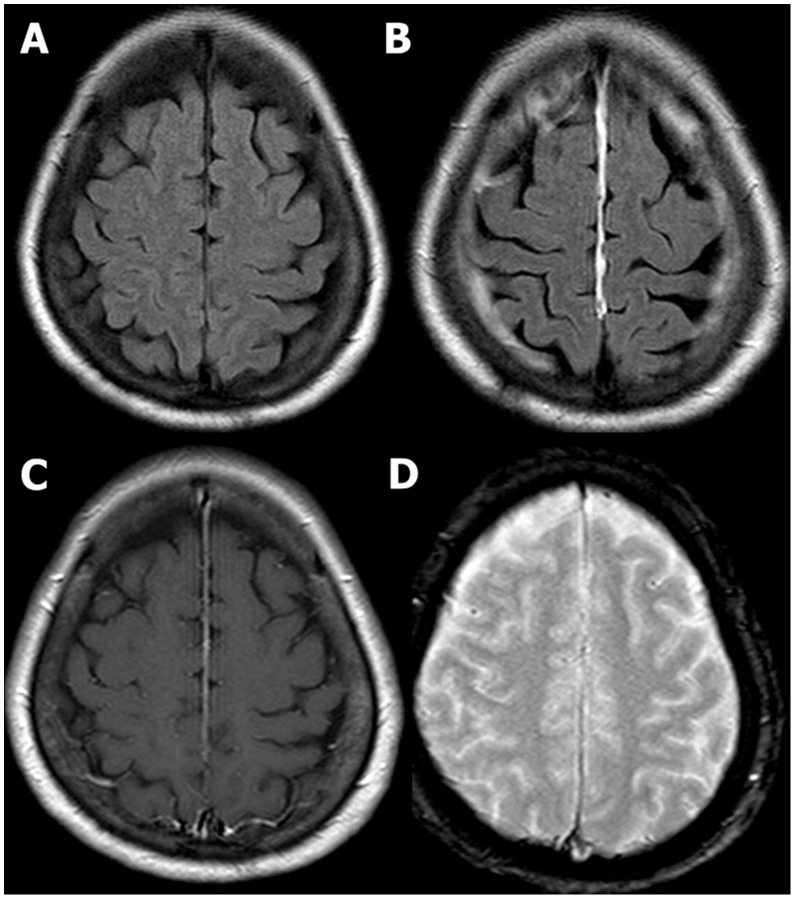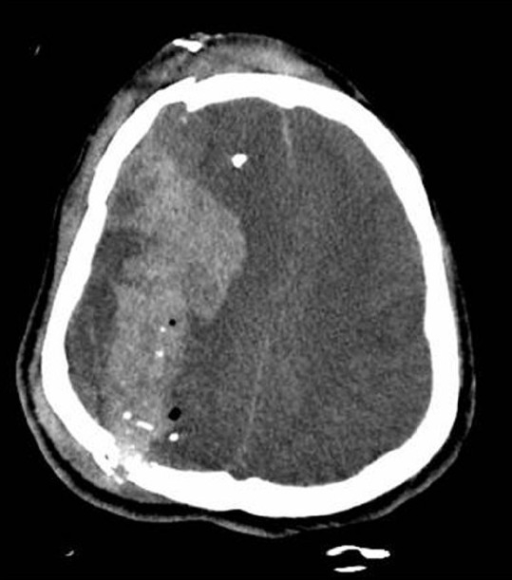Playlist
Show Playlist
Hide Playlist
Minor Head Injury: Epidemiology & Examination
-
Emergency Medicine Minor Head Injury.pdf
-
Download Lecture Overview
00:01 Hello. 00:02 I'm gonna talk a little bit now about minor head injury which is a very common problem in emergency medicine. 00:08 So in the United States, we see more than two million Emergency Department visits per year for head injuries. 00:17 Of those, only 300.000 are hospitalized, a 100.000 are permanently disabled, and 50.000 die. 00:25 So you can see it’s a very, very common disease process, but it’s only a relatively small fraction of patients who have bad outcomes and one of the challenges in head injury management is to identify the patients who are at risk for bad outcomes and manage them appropriately while not over managing the vast majority of patients whose clinical course will be benign. 00:48 So whose affected by head injury? This is really more of a disease of men. 00:53 There's a two to one male to female predominance. 00:55 And it’s a disease of the young. 00:57 The most common age group for head injuries are people under 25 years of age, although we do see it in older patients as well. 01:06 Head injuries are more common among minorities and falls and motor vehicle collisions are the most common mechanisms for head injury. 01:14 Severe head injuries, so major traumatic brain injury with bad outcomes like neurologic disability and death are much more common at extremes of age. 01:23 So we see this among infants and we see it among older adults, and it's much less common among children in the school age years and younger adults. 01:35 So pathophysiologically, there's really two phases of head injury and it’s important to understand this because it helps you understand the progression of head injury clinically. 01:48 So there's your primary head injury which occurs at the moment of impact and that's caused by either bleeding or direct neuronal trauma and this includes the kinds of head injuries that we're all familiar with such as epidural and subdural hematomas, traumatic subarachnoid hemorrhages, cerebral contusions and diffuse axonal injury. 02:10 There's also a secondary phase of head injury and this secondary phase continues to evolve for hours to days. 02:18 This is caused by impaired cerebral blood flow which can really be the result of local edema at the site of injury, small vessel bleeding, so not big bleeding like you see with the hematoma but leakage of small vessels. 02:33 The inflammatory cascade and physiologic dysfunction from direct neuronal trauma. 02:39 The secondary phase of head injury is what's responsible for a lot of the cognitive difficulties that patients will have after even minor head injuries and it’s important to recognize 'cause long term, it can actually cause more damage than people realize. 02:53 Head injury's severity is stratified accordingly to the Glasgow Coma Scale or GCS. 02:59 So this is what we used to categorize severity and this is also what helps us determine our work up. 03:04 So patients with a GCS on presentation of 13 to 15 are considered to have mild head injuries and they may or may not need head CTs based on their risk features. 03:14 We'll talk a little bit more about those patients in a moment. 03:19 GCS of 9 to 12 is what characterized as moderate head injury and all of these patients need to have head CTs. 03:26 And then severe head injury of our patients with a GCS of three to eight and again, all of these patients need brain imaging. 03:35 But this mild group is a little bit more complex because there's only a subset of these patients who will go on to have adverse outcomes or require any kind of neurosurgical intervention and we want to identify all of those patients without exposing the general population to unnecessary radiation. 03:53 So we always, always, always want to CT patients who have a significantly depressed GCS. 03:59 If they're 12 or less, we're done thinking about it, we're gonna brain imaging. 04:03 If they have any kind of neurologic deficit including cognitive deficits, if they have post-traumatic seizure activity, if they're on anticoagulants and this is a very important thing to ask every patient with a head injury whether they take any blood thinners, and if they're over the age of 65 with any kind of complicating factors such as loss of consciousness, amnesia for the events, confusion afterwards, these are patients who should always be imaged. 04:31 These patients have a high risk for deterioration and they have a much higher risk for requiring neurosurgical intervention compared to the more benign group. 04:40 So these are patients who are under 65 years of age with a normal GCS and they're neurologically intact, they have no deficits, they have no evidence of seizure activity, they're not on anticoagulatans, they have no loss of consciousness, amnesia, confusion. 04:57 These are really people who got hit in the head and their heads might hurt but they're otherwise fine. 05:02 These patients should never be imaged, they're very low risk for developing any kind of complications. 05:07 But what do you do with that middle group? The patients who have a GCS of maybe 14, maybe they had some loss of consciousness, maybe they're a little confused. 05:17 How do we make decisions about them? We're gonna talk a little bit about one of those patients right now. 05:22 So our patient is a-54 year-old woman who comes to the ED with the head injury. 05:27 She did in fact have loss of consciousness at the time of injury and by the time the paramedics arrived to pick her up, she was dazed. 05:35 So she was conscious but not really fully alert and appropriate. 05:40 She is oriented times three so she knows her name, she knows the date, she knows where she is, but she doesn't really remember what happened and she keeps asking repetitive questions about what happened and why she's here. 05:53 She has no complains except headache, she does have a little laceration to her scalp on the right hand side, and her GCS is 15. 06:01 She's able to follow commands, her eyes are open, she has a normal speech, she's just a little bit forgetful about the events of what happened, and has this evidence of head trauma on exam. 06:15 So what are we gonna do to this patient? Are we gonna scan her or are we not gonna scan her? Twenty years ago, this patient would have been scanned, because any patient who is not 100% neurologically normal would always be imaged. 06:27 But we now have some decision rules that help us decide whether or not the patient is at high risk for adverse outcomes with the head injury.
About the Lecture
The lecture Minor Head Injury: Epidemiology & Examination by Julianna Jung, MD, FACEP is from the course Trauma (Emergency Medicine).
Included Quiz Questions
Which of the following statements regarding the epidemiology of head injury is NOT true?
- It most commonly affects the elderly population.
- It affects men more than women.
- Severe traumatic brain injury is most common in extremes of ages.
- It is more common among minorities.
- Most common causes are falls and motor vehicle collisions.
The pathophysiology of the primary phase of head injury is caused by what other process aside from direct trauma?
- Bleeding
- Edema
- Impaired cerebral blood flow
- Inflammation
- Physiologic dysfunction
What is the scoring system used to categorize head injury severity?
- Glasgow coma scale
- Trauma score
- Injury severity score
- Abbreviated injury score
- New injury severity score
Customer reviews
5,0 of 5 stars
| 5 Stars |
|
1 |
| 4 Stars |
|
0 |
| 3 Stars |
|
0 |
| 2 Stars |
|
0 |
| 1 Star |
|
0 |
I enjoy listening to Dr. Jung teach. She is very knowledgeable and simplifies complex conditions so it's easy to understand.





